Rising quietly through mist and history, Mount Tai—or Taishan—is more than just a mountain. Located in Shandong Province, it has long been called the “First of the Five Sacred Mountains” in China, and is affectionately praised as “The Number One Mountain Under Heaven”. For over three thousand years, emperors, poets, monks, and ordinary travelers have all made the climb to its summit, seeking blessings, inspiration, or simply a place to breathe deeply above the clouds.
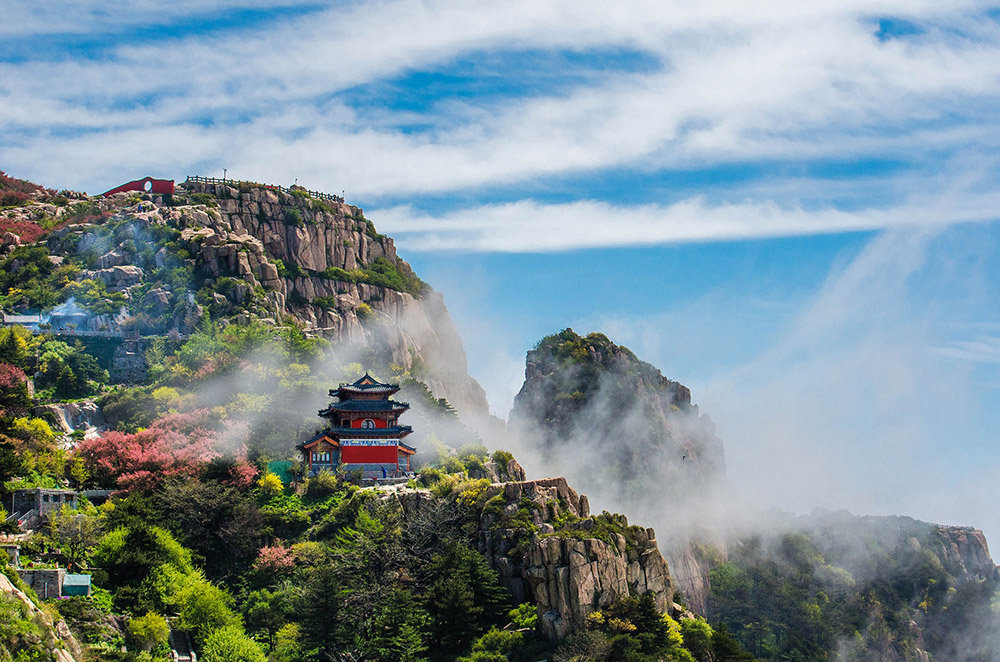
Climbing Mount Tai is not just a hike. It is a journey through layers of Chinese philosophy, religion, imperial ritual, and natural beauty, wrapped gently in wind-blown pine needles and stone-carved poetry.
A Mountain of Legends and Emperors
Mount Tai has been a place of spiritual reverence since ancient times. In Chinese cosmology, it is regarded as the axis connecting Heaven and Earth. During the Zhou, Qin, and Han dynasties, emperors ascended Taishan to perform Fengshan ceremonies—rituals honoring Heaven and Earth—to declare the legitimacy of their rule. This practice of imperial worship, known as “封禅” (fengshan), made the mountain a sacred stage of political and cosmic order.
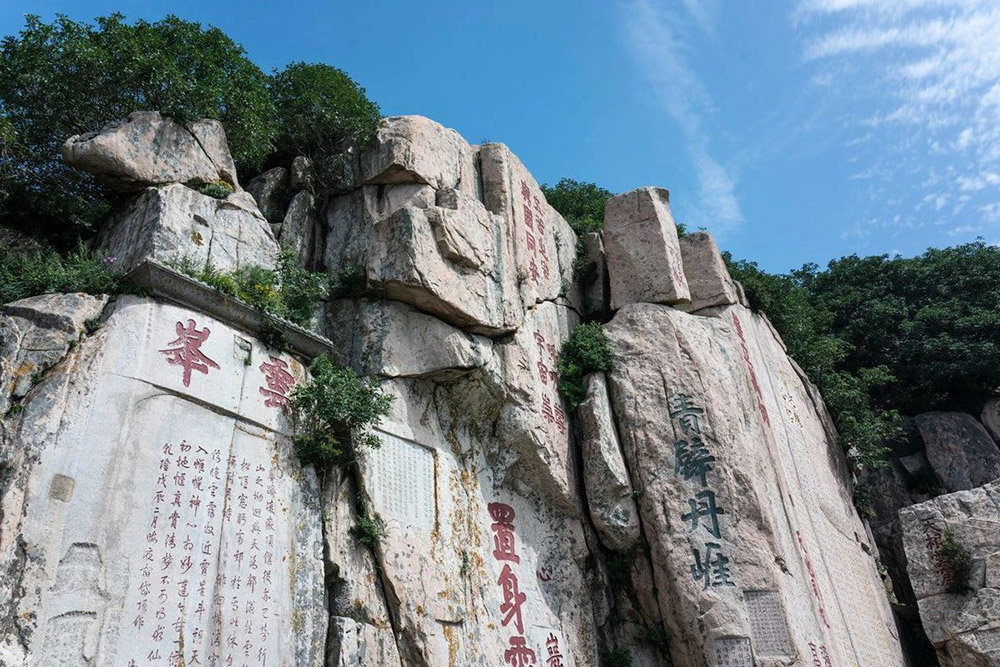
Temples, stone inscriptions, and altars from these eras still dot the mountain path. As you walk upward, you are quite literally following in the footsteps of emperors.
Climbing Through History and Clouds
There are many ways to reach the summit of Mount Tai, but perhaps the most iconic route is the Imperial Route—a 7,200-step stone staircase that winds up from Dai Temple at the foot of the mountain to the Jade Emperor Peak (Yuhuang Ding). The journey takes you through a natural and cultural gallery of pine forests, steep cliffs, stone inscriptions, and Taoist shrines.
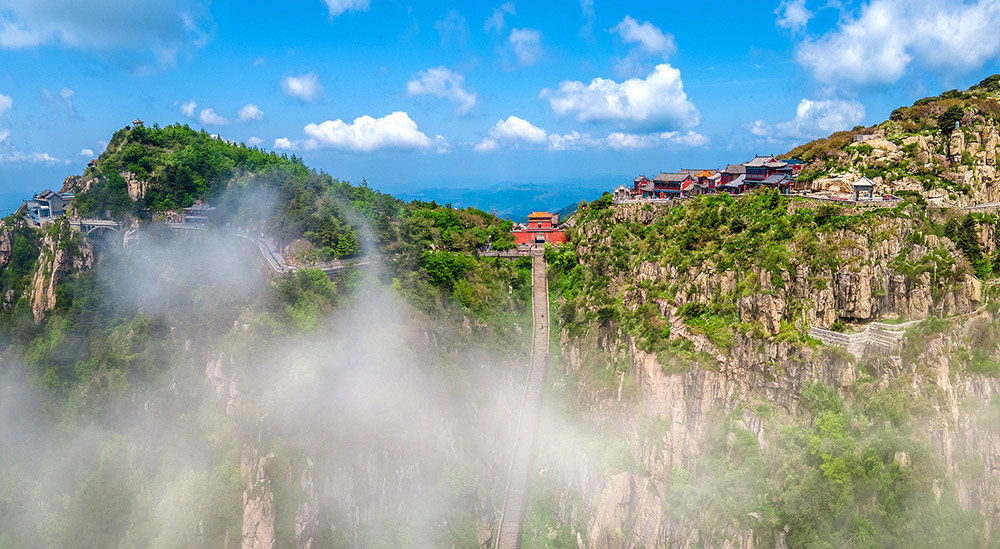
Halfway up the mountain, you reach the Mid-Heaven Gate (Zhongtianmen), where the views begin to open. Here, even if you’re tired, there’s a sense of quiet pride. You’ve already walked through poetry—literally. Calligraphic stone carvings, some dating back over a thousand years, line the cliffs. Famous scholars and emperors left their verses here, praising the vast sky and the weight of the mountain beneath their feet.
At the summit, the wind is colder, the air thinner, and the world seems distant. The Temple of the Jade Emperor, dedicated to the Daoist deity who rules over Heaven, stands at the very top. On clear days, you can see as far as the Yellow River. On misty days, clouds drift like slow tides beneath your feet.
Where Nature Meets Faith
Mount Tai is not only home to stunning natural scenery, but also a convergence point for three major traditions: Confucianism, Daoism, and Buddhism. It is one of the rare places in China where temples of all three philosophies coexist, harmoniously scattered across the slopes.
The Dai Temple, located at the base of the mountain, is the largest and oldest, once used for imperial ceremonies. Its centuries-old cypress trees, solemn halls, and intricate stone carvings tell stories of dynasties long gone. As you ascend, you’ll pass the Temple of the Azure Clouds, Puzhao Temple, and numerous Daoist shrines, each offering a place for prayer, rest, or simply contemplation.
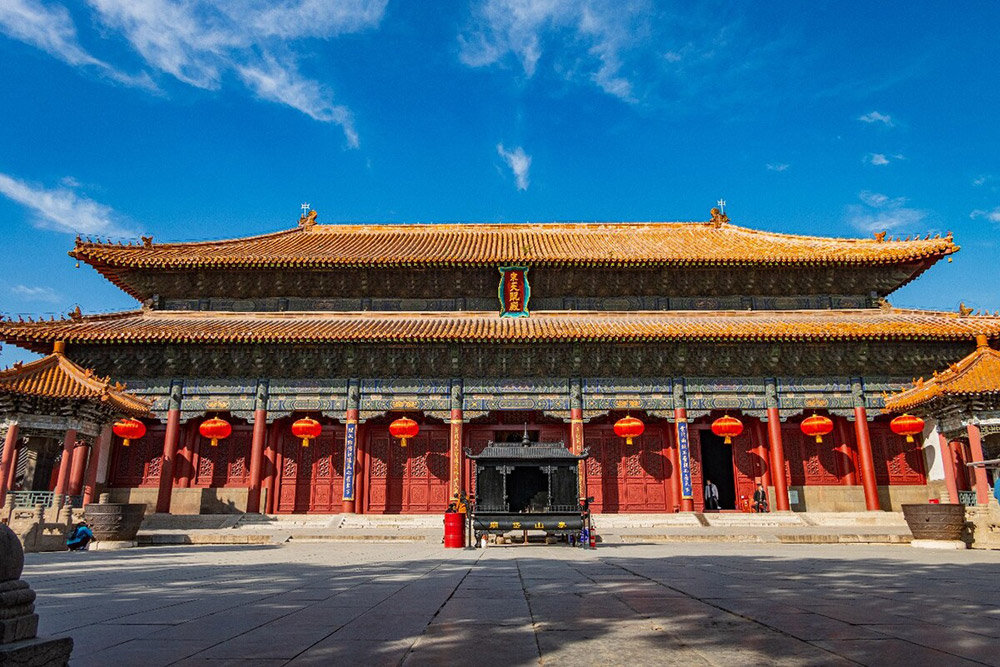
The natural beauty itself feels sacred. Ancient pines grow from impossible ledges. Monkeys leap across cliffs. At sunrise, the sky turns soft gold and blue. For generations, this view from Mount Tai’s summit has been seen as a moment of spiritual renewal—what the ancients called “朝拜日出,” or worshipping the sunrise.
A Gentle Pause in Shandong Province
While Mount Tai is the spiritual centerpiece, Shandong Province holds many other treasures, each with their own quiet charm.
In the nearby city of Qufu, you can visit the Temple of Confucius, Cemetery of Confucius, and Kong Family Mansion. These sites form a UNESCO World Heritage complex and are considered the heart of Confucian culture in China. Walking through Qufu feels like entering a world where respect, ritual, and scholarship still hold sway.
Traveling east, Jinan, the provincial capital, is known as the “City of Springs.” Natural artesian springs bubble up across the city, feeding beautiful parks and lakes like Baotu Spring and Daming Lake. Locals gather here to sip tea, feed koi fish, and listen to the soft splash of spring water beneath willows.
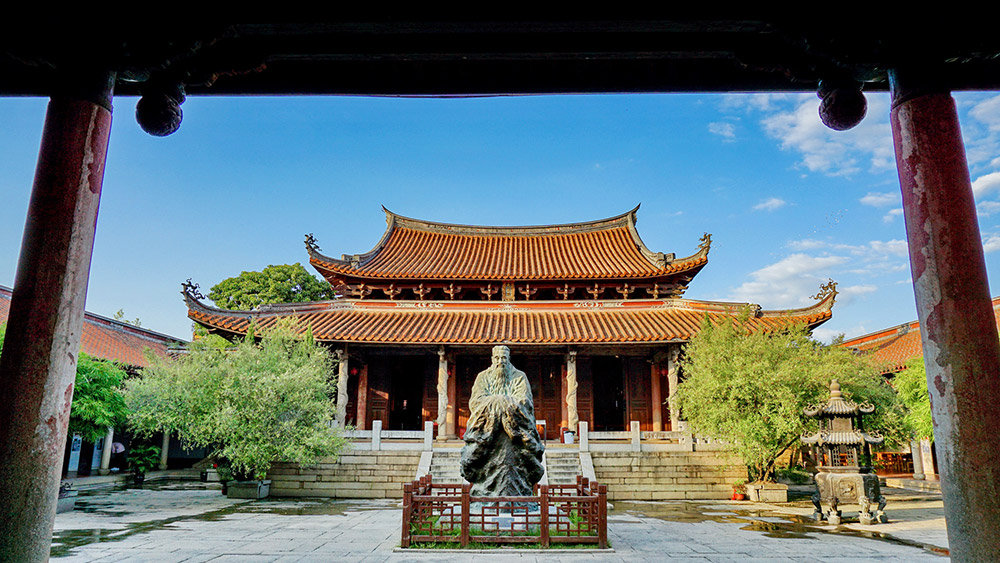
On the Shandong coast, Qingdao offers a gentle sea breeze, red-roofed European-style buildings from its colonial era, and soft beaches perfect for strolling. The city’s Tsingtao Brewery, founded by Germans in 1903, is a popular stop for those interested in local history and (non-religious) refreshment.
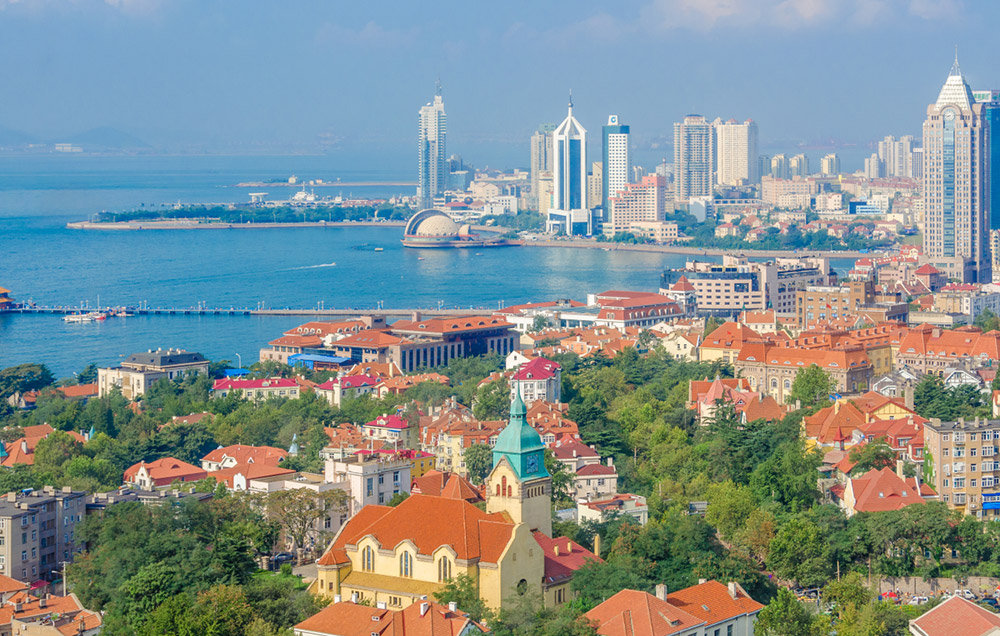
Whether it’s sacred mountains, cultural legacies, or seaside promenades, Shandong’s travel experiences are rich in texture, but never rushed.
Why Mount Tai Still Matters
To visit Mount Tai is to travel through time and belief. Its slopes hold not only wildflowers and stone steps, but the echoes of ancient emperors, scholars, and monks. Every carved character on its cliffs is a brushstroke from a past life. Every pine tree is a quiet witness to centuries of change.
Yet it remains accessible, welcoming, and unassuming. You can take a cable car if the steps feel too steep. You can wander without a guidebook and still find meaning. You don’t need to worship to feel its calm. You just need to walk, look, and breathe.
Because some places are not meant to be rushed through. They are meant to be climbed, slowly, as the sky opens and history begins to whisper.
Contact us today to craft your dream China adventure!

